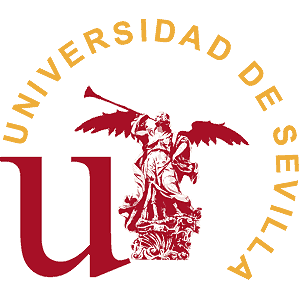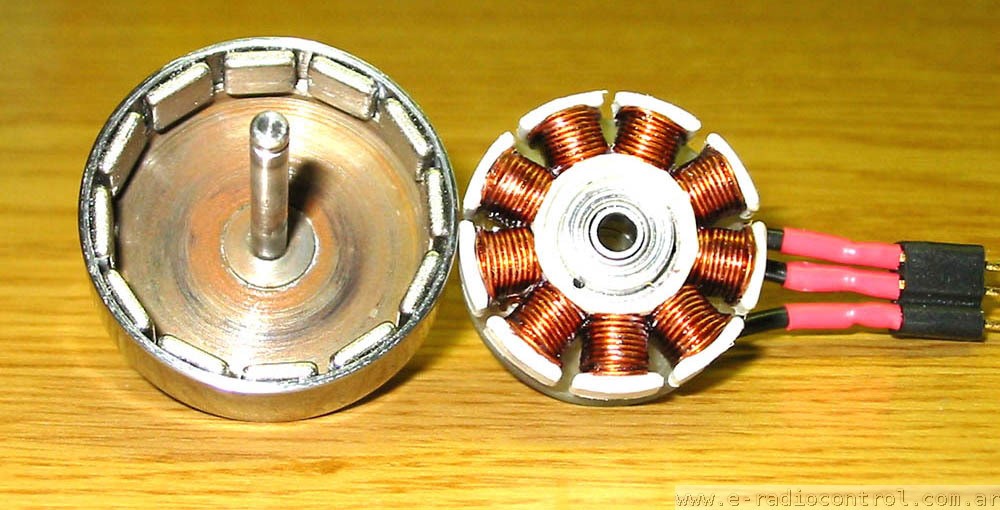 Universidad de Sevilla, Departamento de Ingenierķa Aeroespacial
Universidad de Sevilla, Departamento de Ingenierķa Aeroespacial


Vuelta a la página de Líneas de investigación - Return to Research Lines Page
PROJECT EMERGENTIA
Desarrollo de una Aeronave Convertible No-Tripulada para Despliegue Rápido y Eficiente en Situaciones de Emergencia
DevElopment of an unManned convERtible aircraft for rapid and efficient deployment in emerGENcy situaTIons
Return to EMERGENTIA Project
WP7. DEVELOPMENT OF HIGH EFFICIENCY EMBEDDED ELECTRONICS SYSTEMS


Responsibles:: JMH, JMJ
Participants:JMH, JMJ, SER
Objectives:
- Development of efficient onboard electronics to reduce energy consumption, optimizing the ability to perform extended missions (large Range and Endurance) without losing payload capacity.
- Development od advanced avionics.
- The hardware architecture and the necessary electronic systems will be developed as well as technological demonstrators that will allow to validate the chosen architectures.
- Study of new building materials such as Silicon Carbide (SiC) and Gallium Nitride (GaN) to optimize the performance of control and power electronics of the aircraft.
Subtasks
- T7.1. Design of advanced electronic systems for RPAS:
- Optimum design of the electronic speed control system (ESC) of the motor / motors, which will allow to improve the performance of the batteries used by the use of a bidirectional DC / AC converter and a DC converter / DC high energy efficiency and minimum size and weight, as well as additional storage systems using new technologies (supercapacitors).
- T7.2. Performing experimental tests for validation of the developed designs.
- T7.3. Integration of electronics developed for optimization in size and weight.
- T7.4. Study of application of technologies for the development of advanced avionics in RPAS:
- Techniques such as the replacement of mechanical, pneumatic or analog electronic systems with digital systems or the use of advanced technologies (emergency radio beacons for the location of UAVs in emergency situations) will be investigated.
- T7.5 Integration and validation of technological demonstrators on flight platforms:
- the various technological demonstrators of this WP will be gradually integrated with the different prototypes
Feasibility and Contingency Plan:
- Researchers JMH, JMJ and have extensive experience in the development and implementation of electronic, microelectronic and power systems and circuits.
- The first tasks will be carried out following a classic scheme: preliminary design, simulation, optimization, prototyping and validation, iterating if necessary.
- This planning minimizes the risks that may affect the rest of the design areas, which pursues the integration of all systems developed for later flight test; if any elements of the electronic system were not ready, commercial elements could be used
Available Materials:
- Available Materials: Researchers JMH, JMJ and CJJ have worked in the last 15 and 20 years, respectively, in the design of circuits and electronic and microelectronic systems for applications in communication systems, industrial control and aeronautics.
- Both have access to fully equipped teaching and research laboratories and to programs such as SPICE and Proteus.
- Laboratory for Characterization and Testing of Electronic Circuits and Electronic Communications, with HW tools such as communications analyzer, vector signal generator, vector network analyzer, spectral analyzer, spectral high purity clock generator, probes with high resolution microscope, power supplies, oscilloscopes, digital multimeters, impedance meters, etc.
- A laboratory for the manufacture of printed circuit boards (insolator, drill, welding station, etc.) is also available, and in particular in the fields of analogue and mixed microelectronics, and, in this field, low supply voltage and low consumption; Industrial and power control circuits, including digital information processing blocks and high-performance, low-power analog interface circuits.
Publications
Magazine
- “Development of an Emergency Radio Beacon for Small Unmanned Aerial Vehicles”, J.M. Martinez-Heredia, Zulema Garcia, Jose Luis Mora-Jimenez, Sergio Esteban, Francisco Gavilan, IEEE Access, pp: 1-12, ISSN: 2169-3536, DOI:10.1109/ACCESS.2018.2826918; IF: 3.557
Thesis
- "Diseño y construcción de un sistema de adquisición de datos de motores hélice para experimentos en túnel de viento," Lidia Parrilla, Thesis Defense, Grado en Ingeniería Aeroespacial, Universidad de Sevilla, 2016, Advisor: Juana Martínez Heredia.
- “Estudio y Modelado del Control de motores Brushless poara una aeronave UAV VTOL,” Laura María González Ruiz, Thesis Defense, Grado en Ingeniería Aeroespacial, Universidad de Sevilla, 2017, Advisor: Juana Martínez Heredia.
- “Estudio de la tecnología GaN y análisis comparativo de transistores GaN, Si y SiC,” José Antonio Moreno Pérez, Thesis Defense, Grado en Ingeniería Aeroespacial, Universidad de Sevilla, 2018, Advisor: Juana Martínez Heredia.
- “Desarrollo de convertidor con tecnología GaN para alimentación de motores en un UAV VTOL,” Alejandro Remujo Castro, Thesis Defense, Grado en Ingeniería Aeroespacial, Universidad de Sevilla, 2018, Advisor: Juana Martínez Heredia
- “Desarrollo de Convertidor DC - DC con Tecnología de Nitruro de Galio para Aplicación en UAV,” Joaquín Soriano López, Thesis Defense, Grado en Ingeniería Aeroespacial, Universidad de Sevilla, 2018, Advisor: Juana Martínez Heredia
- “Estudio, Modelado y Comparación de Estrategias de Control de un Motor BLDC,” Dunia López Navas, Thesis Defense, Grado en Ingeniería Aeroespacial, Universidad de Sevilla, 2018, Advisor: Juana Martínez Heredia
- “Optimización del acoplamiento entre hélice y motor eléctrico de un UAV VTOL,” Diego Manzano Delgado, Thesis Defense, Grado en Ingeniería Aeroespacial, Universidad de Sevilla, 2018, Advisor: Juana Martínez Heredia
ADVANCED ELECTRONICS SYSMTES
|

GALIUM NITRIDE TECHNOLOGY

Comparisson between Galium Nitride Technology and Silicium conventional Transistor

Selectec architecture for controlling and powering the electric engine

Power conversion preliminary architecture

Testing the trigger of a GaN transistor


© 2018 Sergio Esteban Roncero: contact sesteban@us.es
![]()

![]()
![]()















![]()